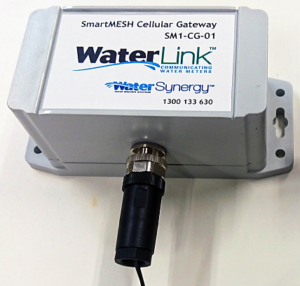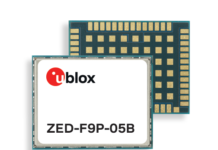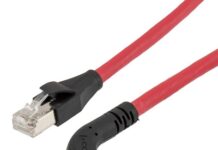
u-blox has announced that its NINA-B3 stand-alone Bluetooth low energy modules and SARA-R410M-02B LTE‑M / NB‑IoT and EGPRS cellular module for LPWA (low power wide area) applications are being used in a data logger (pulse counter) for a smart water metering solution that relies on mesh networking to simplify deployment.
This trial should help demonstrate why the adoption of mesh-networked water meters in Australia can now be a reality.
The WaterLink SmartMESH water meter from WaterSynergy Group uses mesh-networking technology to connect a number of water meters to each other and to a cellular gateway. The mesh-networking technology relies on hardware within the u-blox NINA-B3 module and a software stack developed by Wirepas.
Many water meters are still read manually. Current efforts to connect water meters to the internet to simplify meter reading either use propriety RF protocols, or employ direct cellular connections as an alternative for more remote or isolated devices. The Wirepas Mesh software utilizes a decentralized architecture which improves robustness and efficiency throughout the network. This new and innovative mesh stack is highly scalable, low power, and enables users to design devices that can form their own mesh networks. The resultant networks can access multiple gateways to ensure redundancy, and even automatically heal themselves if individual nodes, such as meters, routers, or gateways, drop out of service.
“The combination of scalable mesh IoT network software from Wirepas and robust hardware from u-blox is enabling us to simplify the installation of water meters (as an example, along with additional applications) and therefore cut the total cost of ownership for customers,” said George P Prencipe, Director of WaterSynergy Group. “Field trials of our SmartMESH offering are already under way and we expect customer referrals once cost savings are realized.”
SmartMESH water meters are security sealed and, thanks to the efficiency of the Wirepas protocol as integrated within the NINA-B3 module, are expected to run for up to 15 years on the internal battery. The NINA-B3 modules use 2.4 GHz frequency and an innovative internal antenna to establish robust communications, even in the most challenging RF environments.


















